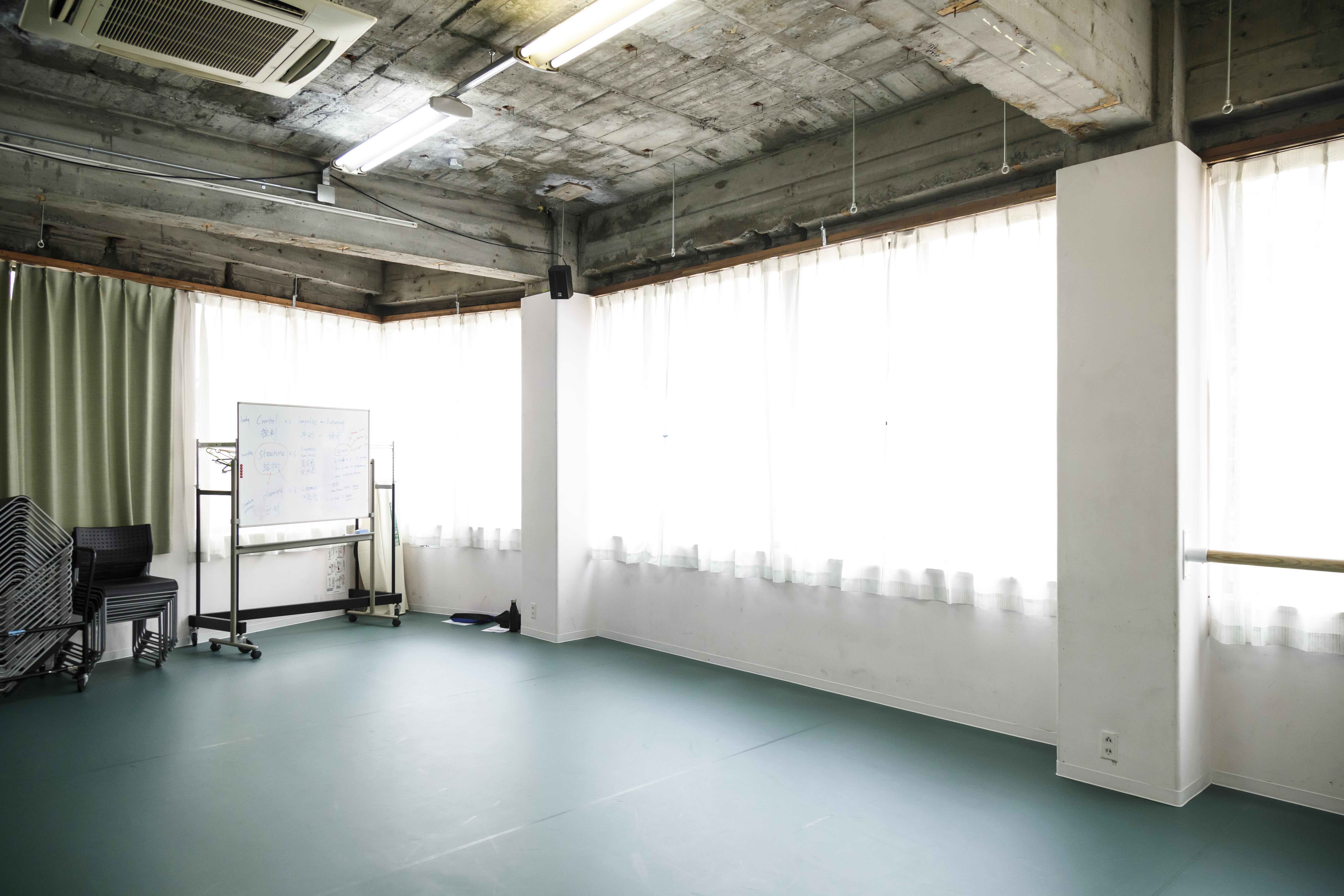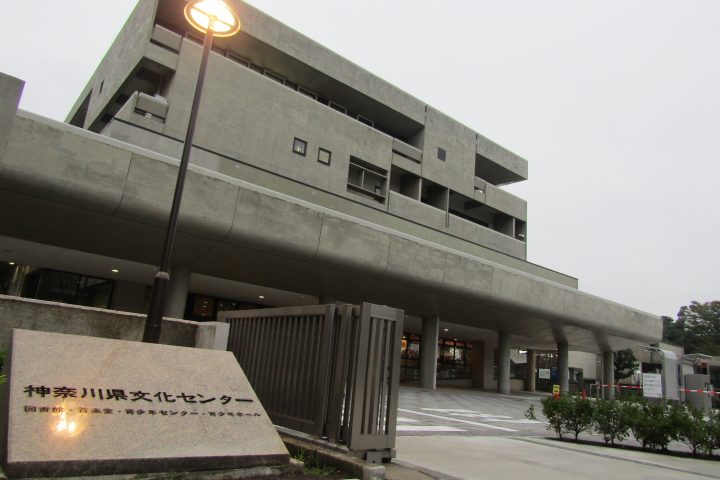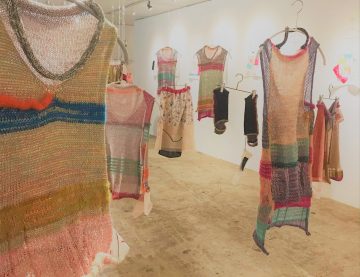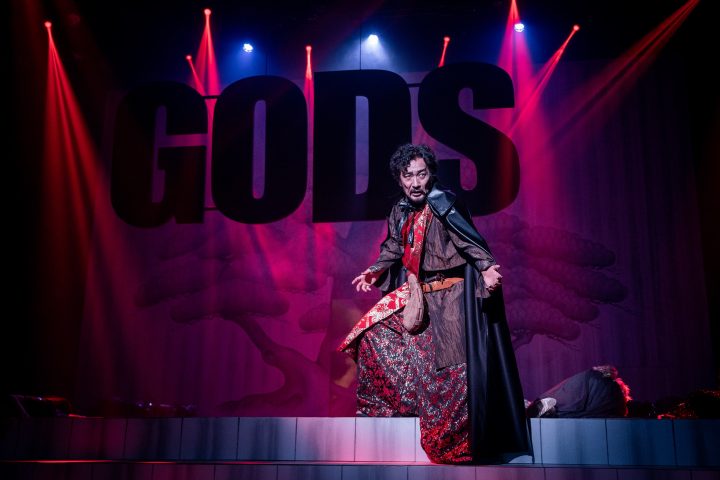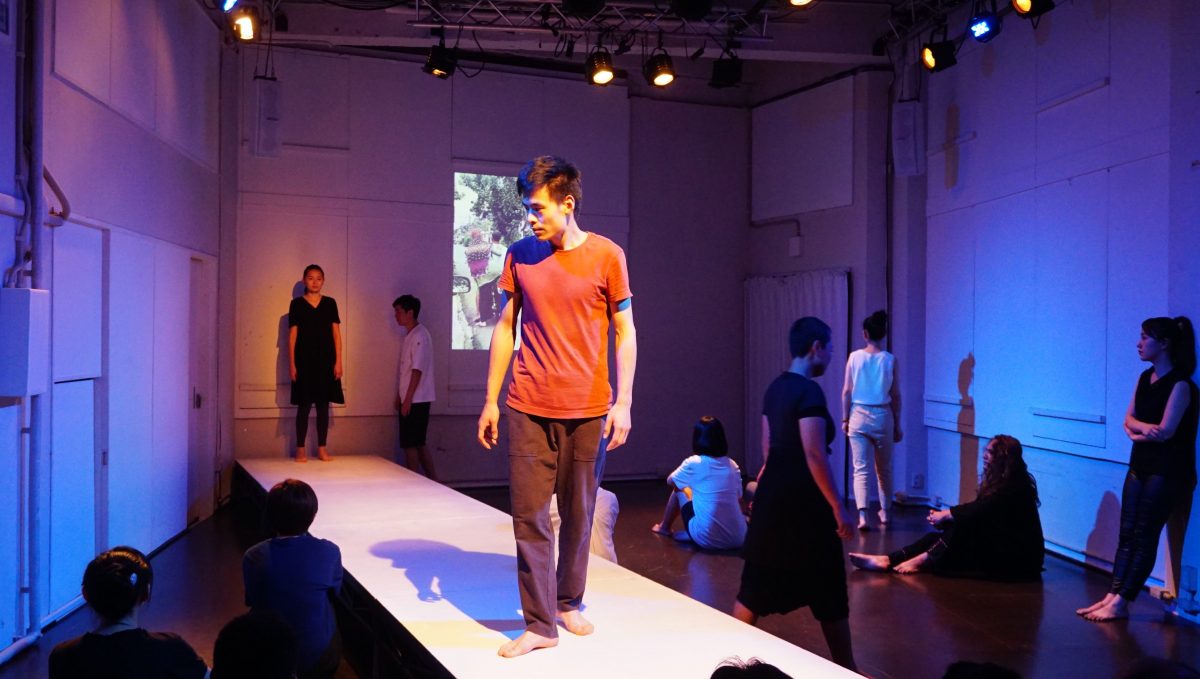
July 2019. Fourteen performers gathered at Wakabacho Wharf, where director and playwright Makoto Sato serves as artistic director. They were from Ho Chi Minh City, Jakarta, Singapore, Nanjing, Chongqing, Beijing, Hefei, Xi'an, Lijiang, Shanghai, and Tokyo. They had come to take part in the second annual "Wharf Workshop."
What brings them together here? We spoke to Sato, the workshop's organizer, and two of the participants (Cheng Wenming and Wei Wei) about the findings. Sato: First of all, what I want to do with this workshop is to build a new network for young people. Rather than broad, I want to create connections between people.
Sato: First of all, what I want to do with this workshop is to build a new network for young people. Rather than broad, I want to create connections between people.
The other is to convey a free methodology for creative activities. I want to convey that it's okay to create more freely without being bound by preconceived notions.
It is my opinion that humans are 99% the same. Even though we may have different qualities, we rejoice and cry over the same things. This is why it is difficult for us to recognize the differences, and we end up interpreting what the other person says in our own way and assuming that we "understand each other."
However, no matter how small, "differences" are very important. I want people to meet various people here, learn that there are many different types of theater, and gain new experiences that they have never had before, so that they will become aware of the "differences" within us. That is what I value most.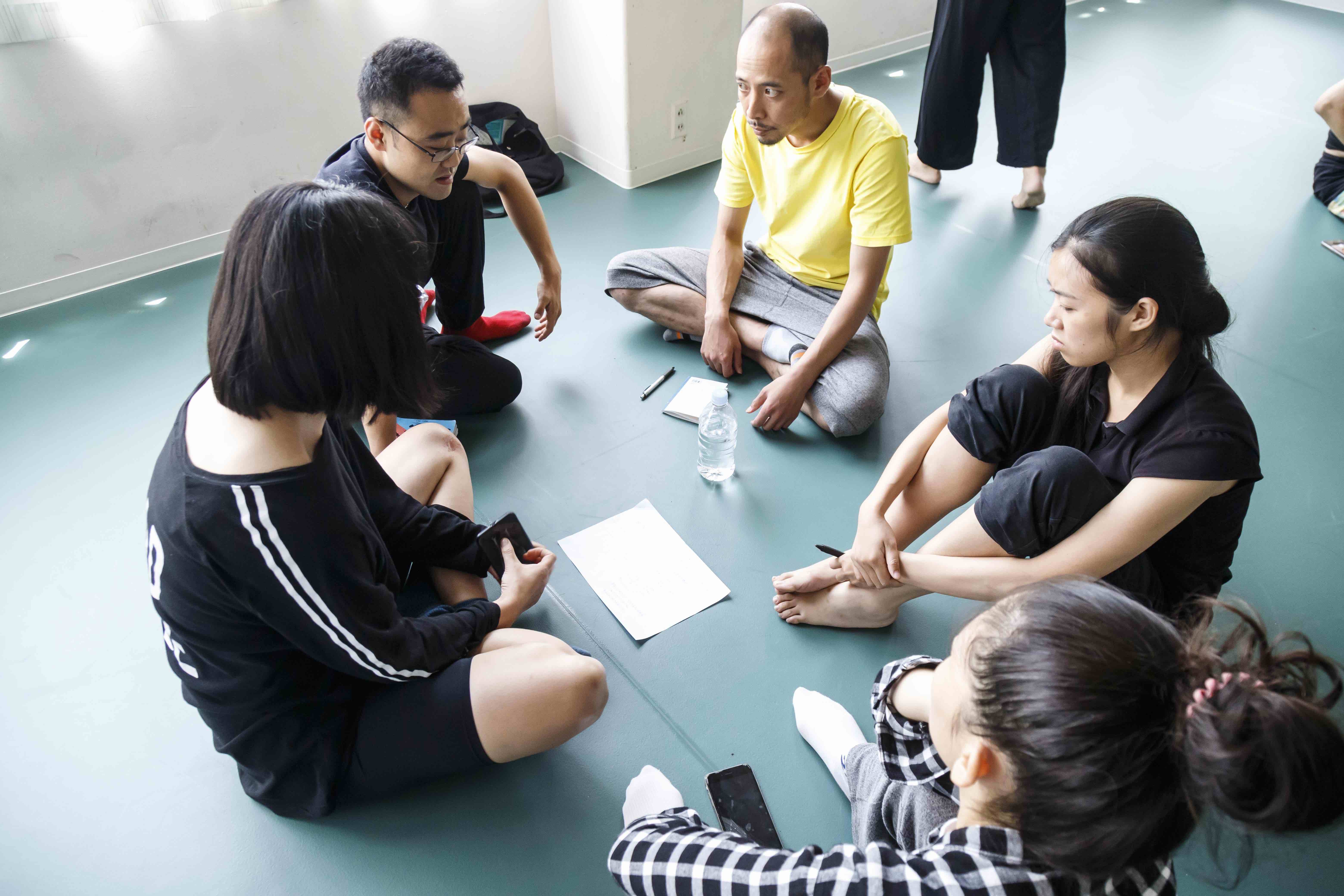
I met Cheng Sato at a workshop held in Beijing. I am very attracted to Sato's theatrical method of exchanging opinions with people who have different ideas and creating works while confirming each other's differences, so this is my second time participating in the Hatoba workshop, following last year's.
Last year, I brought back the methodology I learned here of "expressing through the body" and taught it to local actors (in Beijing) to create a new work.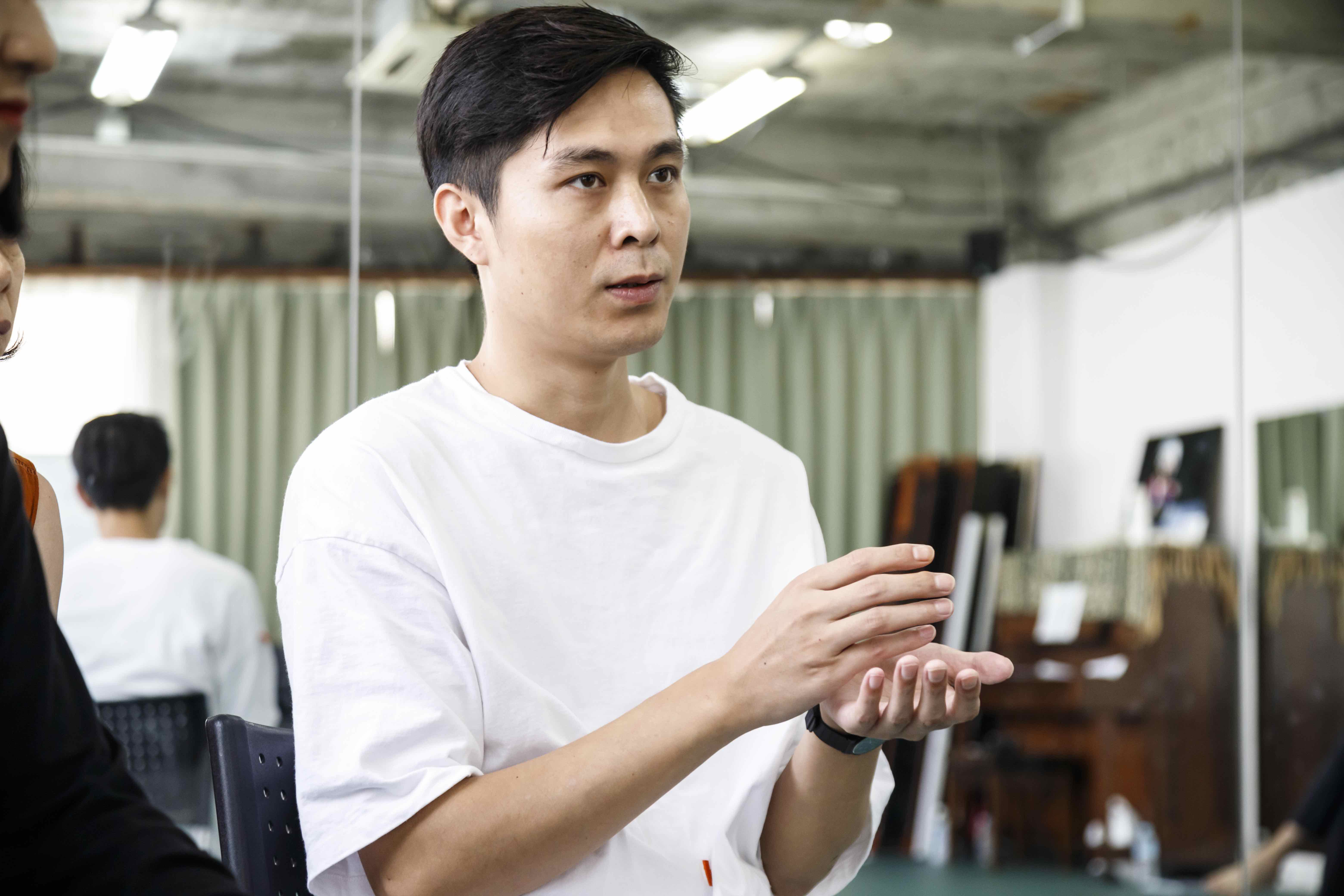
I first participated in Sato's workshop last year, and it was my first encounter with the method of "exploring differences." I already had my own creative methods, but learning a new method was very helpful for my creative work after returning to Japan.
We are currently planning a theater festival in our hometown (Chongqing), and some of the groups performing Sato's works will participate in it, as well as people who will be creating new works based on what they learned in last year's workshop and entering them in the festival. We hope that Wakabacho Wharf will become a springboard for Sato's works and creative methods to spread throughout Asia.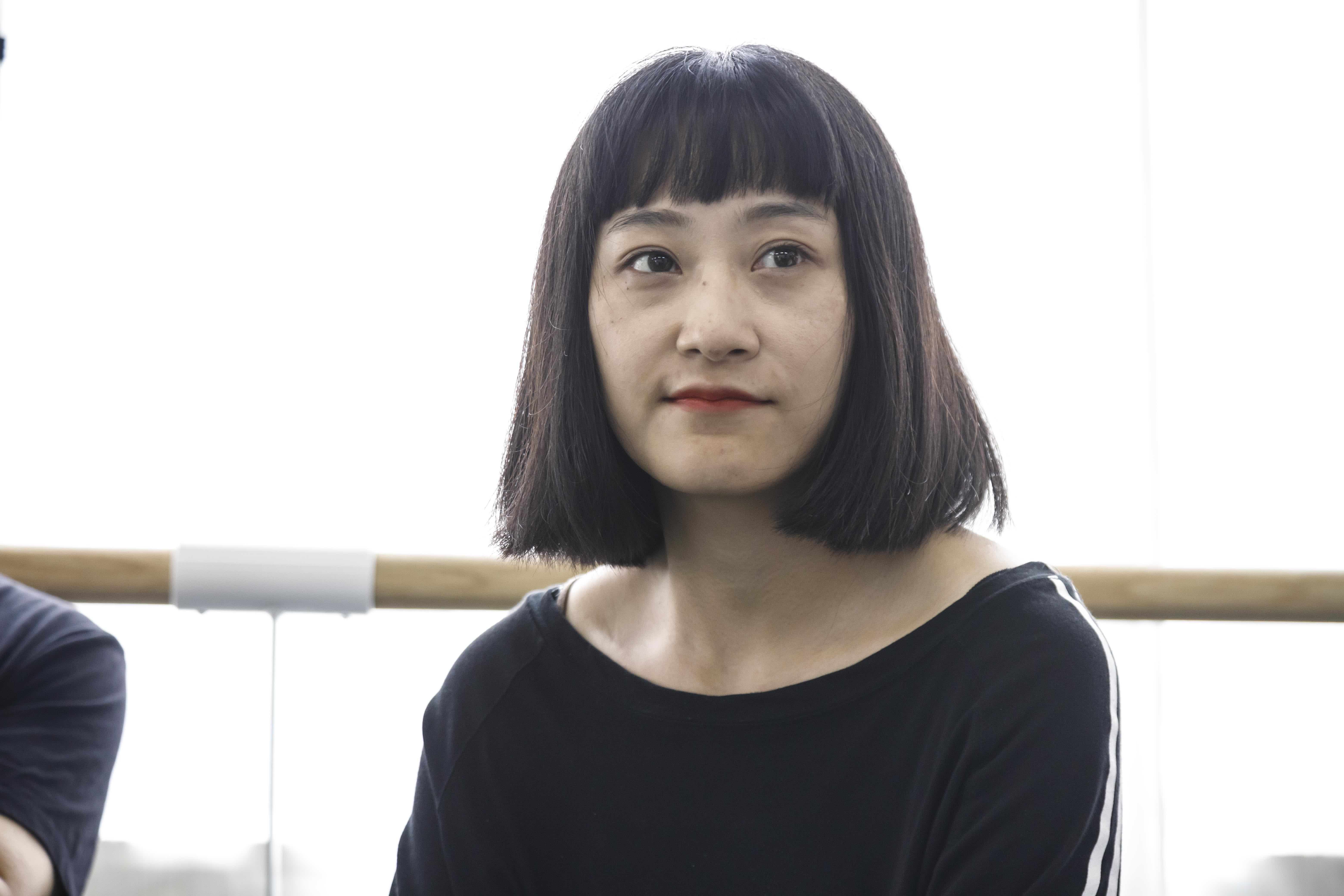
What kind of area is Wakabacho Wharf located in?
It's a very friendly place. Even though it's been a year since I last came here, I didn't feel any time had passed. The city is so friendly to us that it feels like we've returned to a big family home. I would like to create a place like this in Beijing where young people can gather.
As with the Koganecho Bazaar near Ebisu , I think attempts to promote a town through the power of art are more meaningful than building skyscrapers. The construction of buildings and commercial facilities may develop a town quickly. In comparison, promoting a town through culture and the arts takes a long time, but I think it leaves behind something good for the next generation.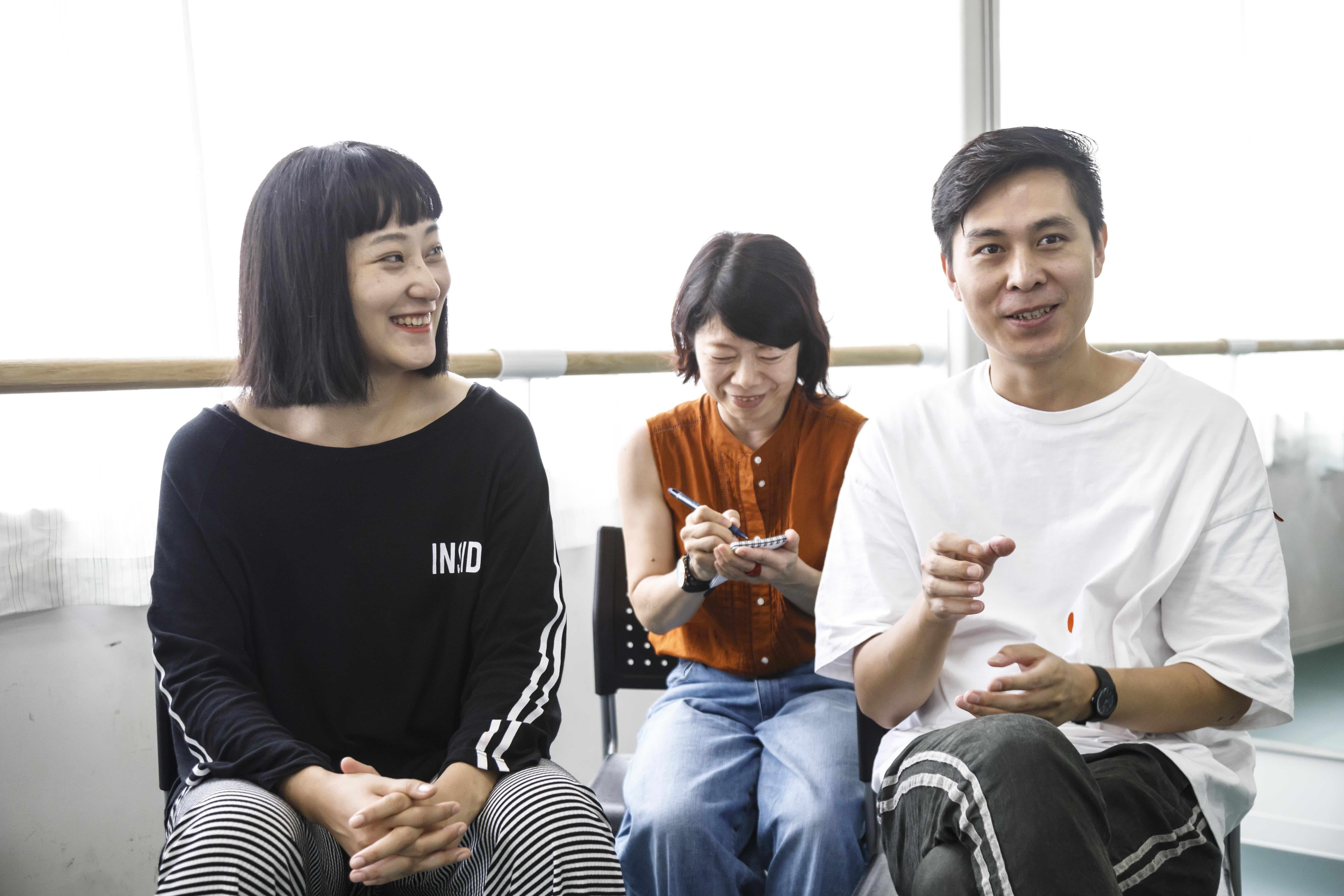
What kind of works will be created this year?
Sato: There's no doubt that it will be completely different from last year (laughs).
In my opinion, a stage production is something that is ultimately completed by the audience, so I want to leave some "space" in what I provide. I'm always thinking about how the audience can participate in the production.
Mamoru : Up until now, I have mainly focused on story in my creative work. The method of leading with a story is simple and easy to understand, but the audience is always passive. Here, the audience needs to think together, and there is no right answer to the conclusion each person comes to. If that person thinks it's white, then it's white, and if it's black, then it's black. It's all up to the audience to think and decide for themselves.
Learning these techniques helped me realize the "inclusiveness" of theater. I think it is very important for young artists to be able to freely express things that are different from others.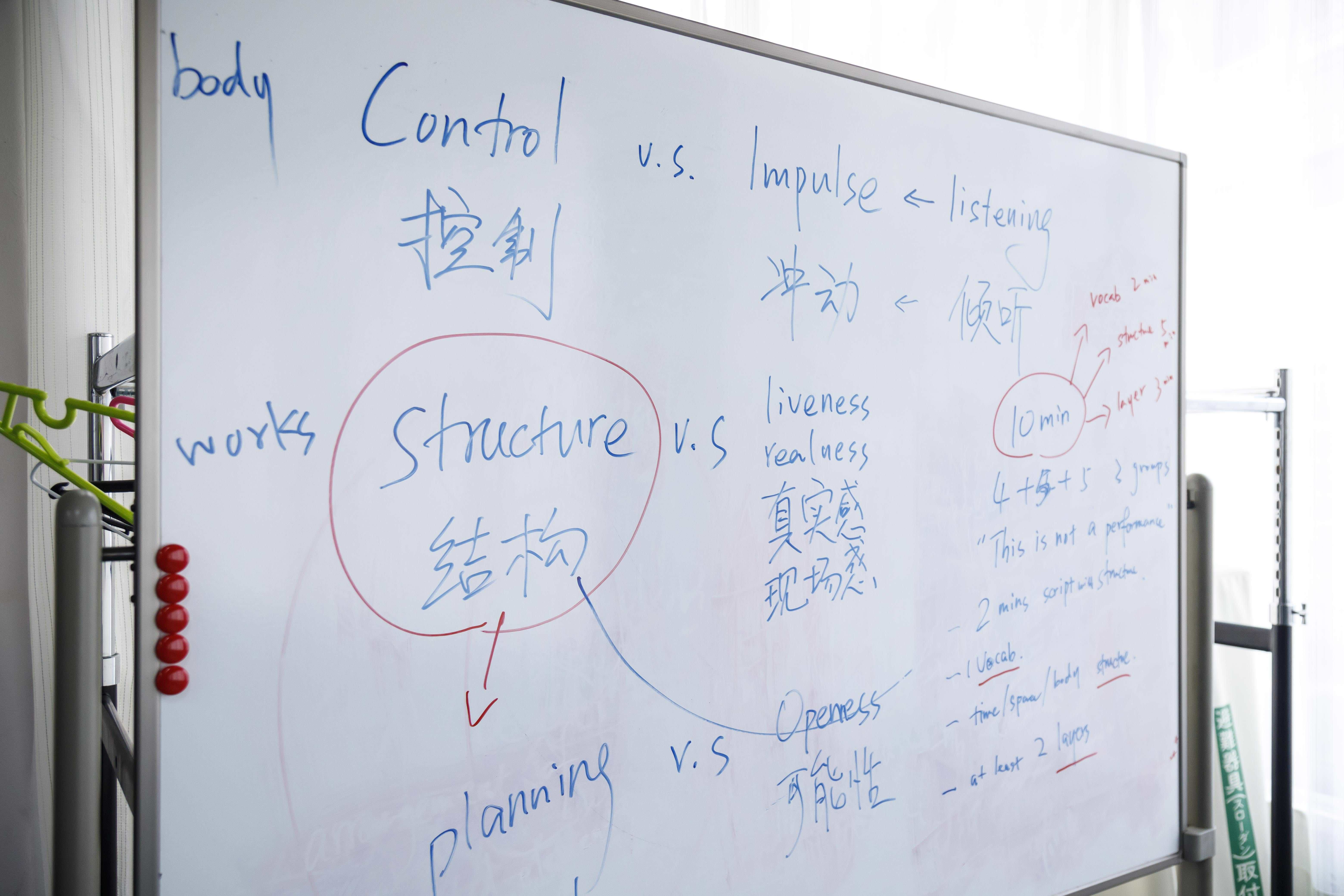
In recent years, I have been involved in theater more and more as a director, but in this workshop, I create and perform the plays myself. It is a lot of fun to perform, and that is exactly what Mr. Sato said when he said, "Theater is free." I realize that new techniques and ideas are born from being free.
The world is in need of new art, and to achieve this we need to discover and unearth new things, so being free here is very meaningful.
Sato : The performance is meant to be like a public display of the final process of the workshop, so I would like you to be present and think freely with us.
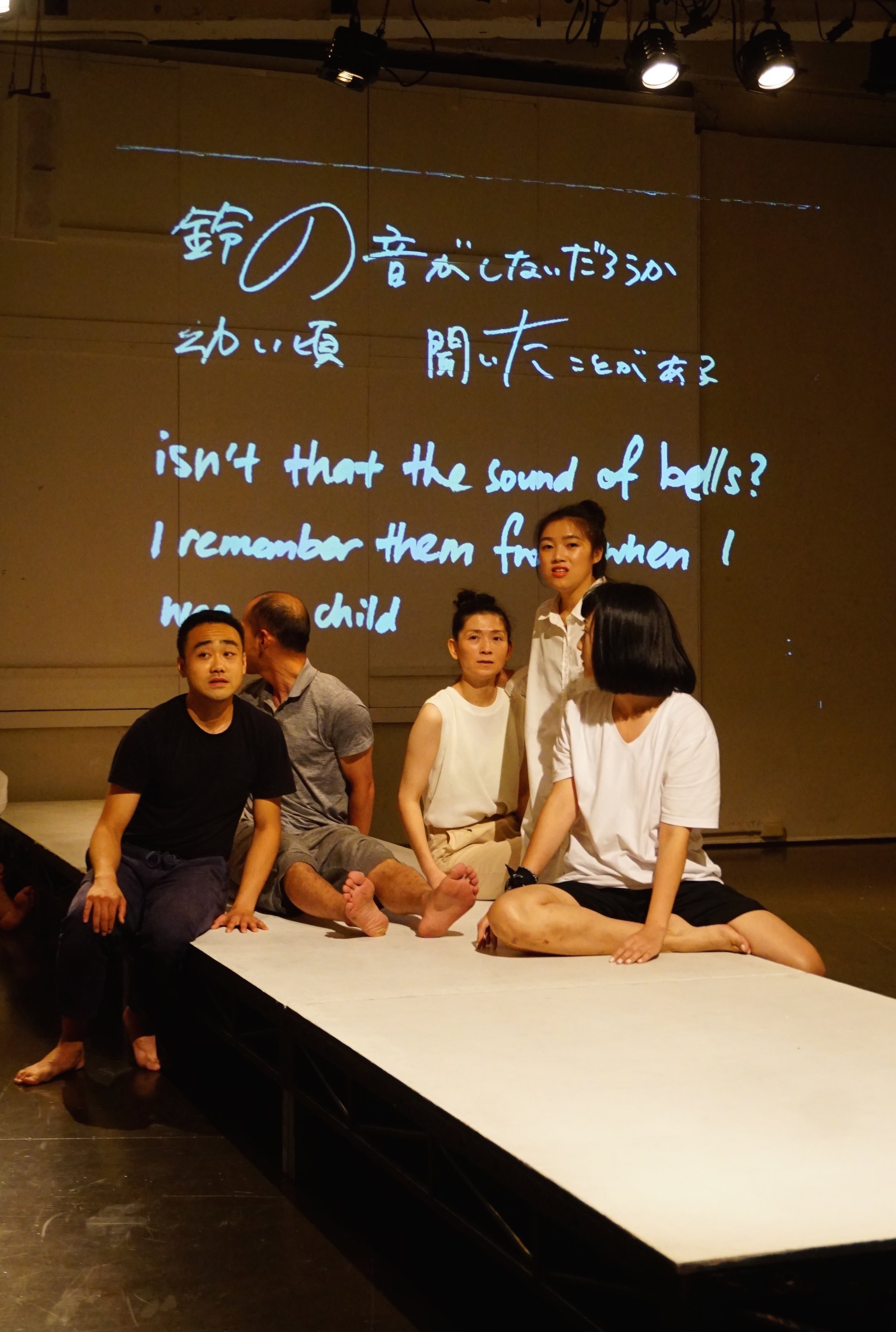 The final performance took place in early August, entitled "The Man Who Came Over."
The final performance took place in early August, entitled "The Man Who Came Over."A small theater on the first floor of Wakabacho Wharf was set up with a white runway-like stage. On the backdrop, a cityscape and text written by Sato were projected in three languages.
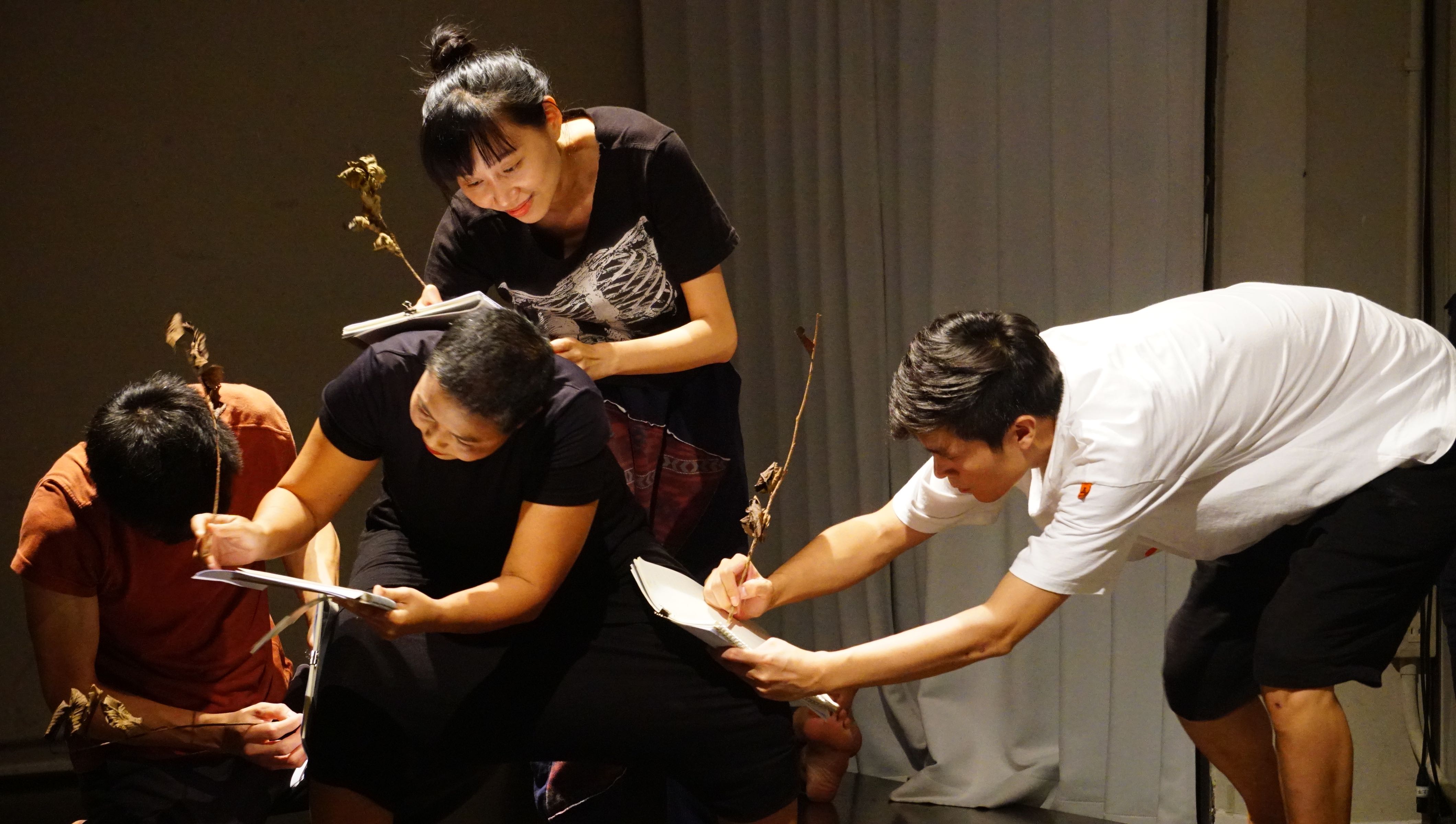
The 14 performers act freely according to their own feelings, sometimes working together. In a tense space, someone reads a passage of text out loud, and someone else repeats it in another language. It's strange how they somehow feel relieved when they hear the voices, even though they're not telling a story and some of the language is incomprehensible.
What were they feeling and what were they trying to convey on stage? I didn't "understand" anything, but I think I was able to feel a strong sense of unity in the moment.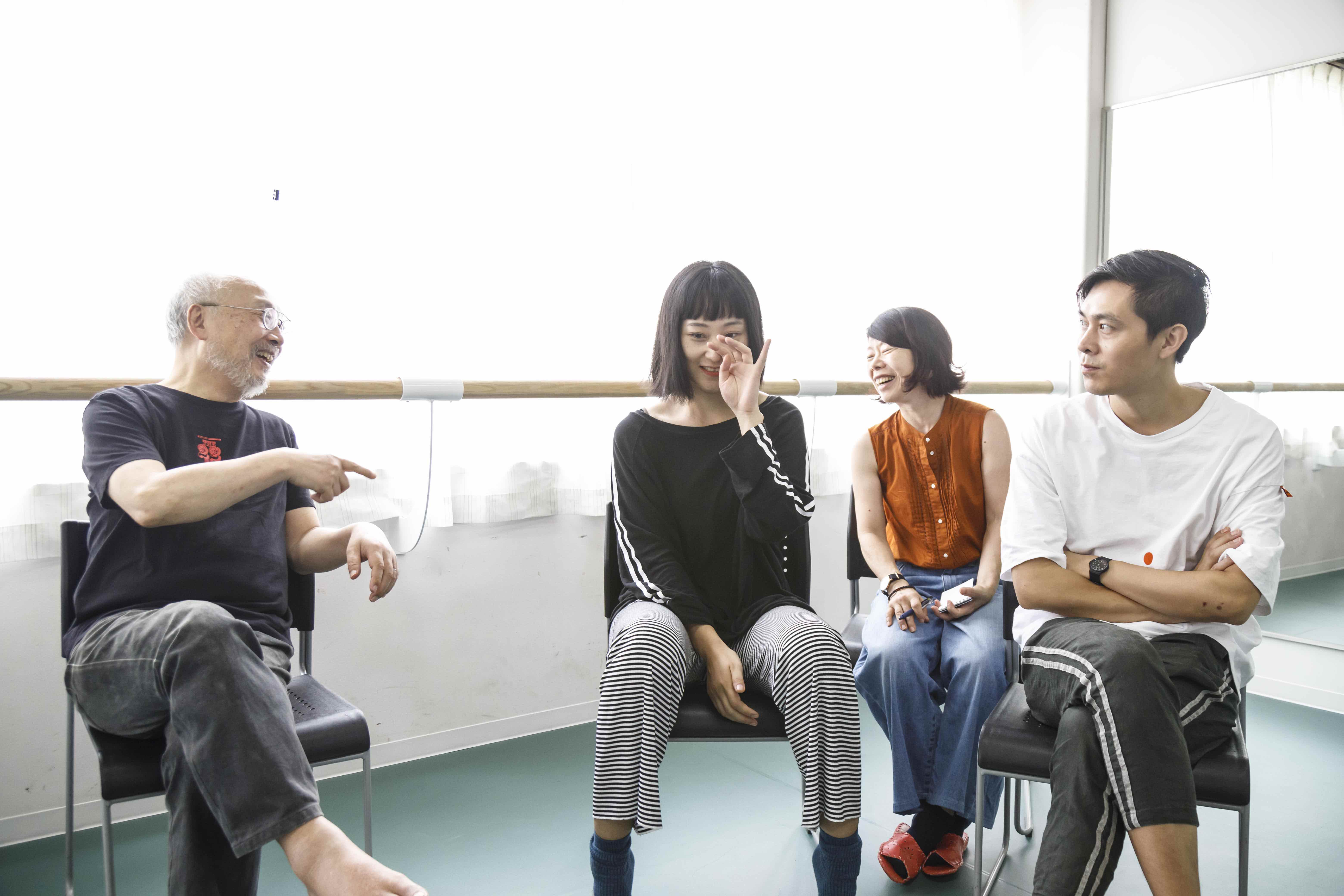
Once this performance is over, they will each return to their own world. This will also mark the beginning of their next step.
"This is just the starting point, so it's not necessary to bring it to a finished form. What I think is great about this workshop is how quickly it spreads. I'd like to see the various finished forms it takes as it is passed on and spreads from here."
The "something" that Sato Makoto wants to convey will connect us to a world one step further ahead.
